#Szu Shih
Photo
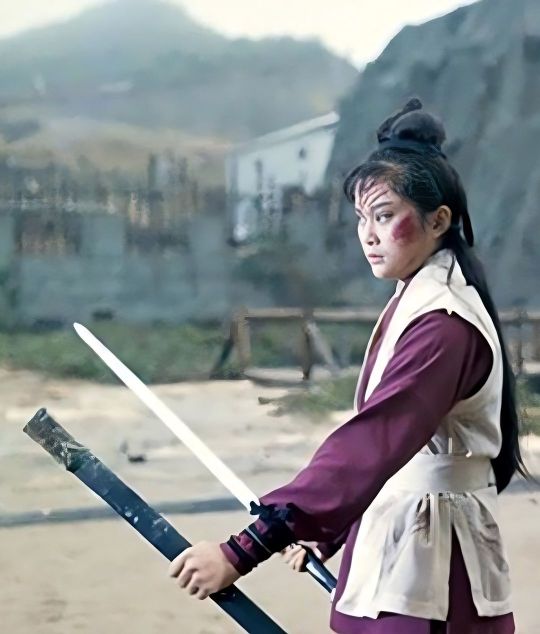
(via JHALAL DRUT: Shih Szu in The Lady Hermit [鍾馗娘子] (1971))
14 notes
·
View notes
Text
Four photos of Shih Szu from the August 17, 1980 issue of "You, Me and He TV Weekly"
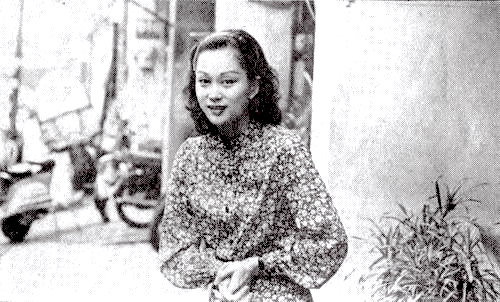
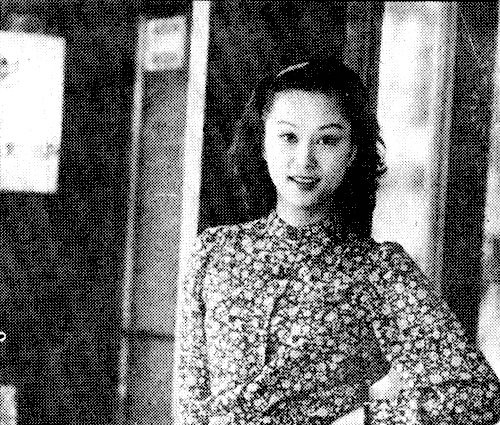


2 notes
·
View notes
Text
checking out the audio commentary of flying guillotine 2 and oh no they're white men
#they havent even talked about the movie LMFAO#they talk about themselves a lot#and they havent even mentioned shih szu the lead!????#i havent bothered with any of the commentaties on these movies LMFAO bc of this exact reason#i knew it would be like this
2 notes
·
View notes
Text
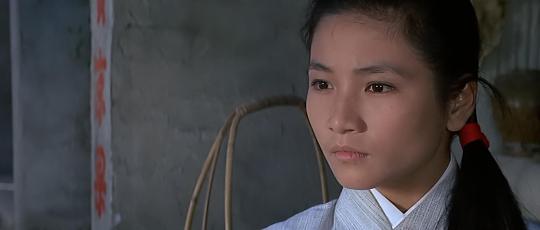
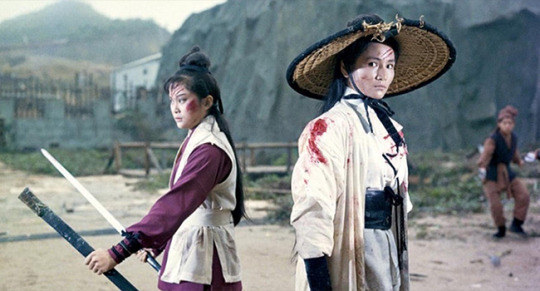
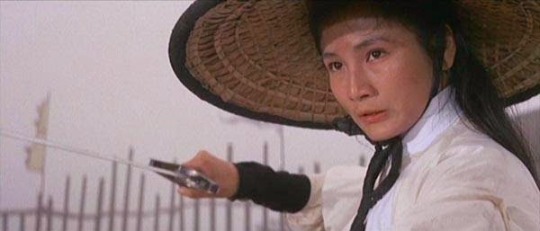
Cheng Pei-pei as Leng Yu Shuang and Shih Szu as Cui Ping in The Lady Hermit, 1971
7 notes
·
View notes
Text
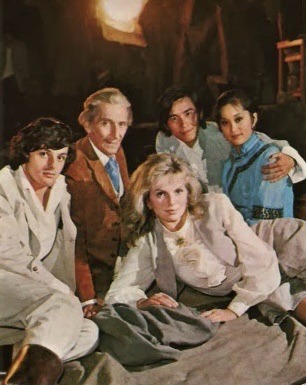
David Chiang with Shih Szu, Peter Cushing, Robin Stewart, and Julie Ege behind the scenes of The Legend of the 7 Golden Vampires (1974)
3 notes
·
View notes
Photo
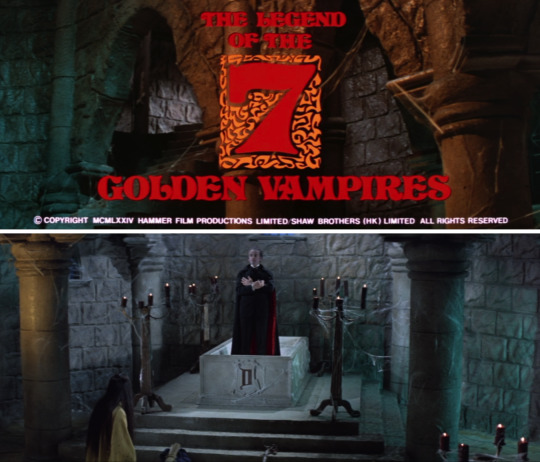

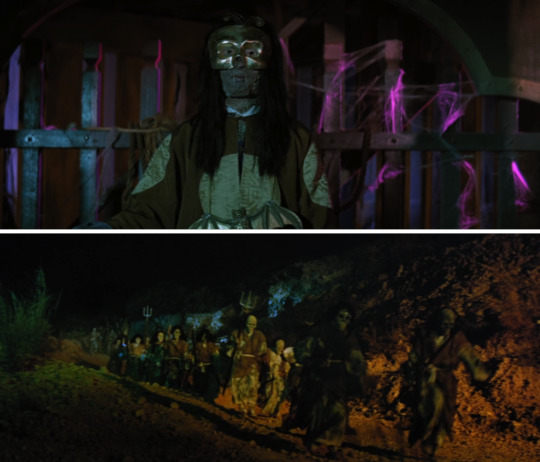

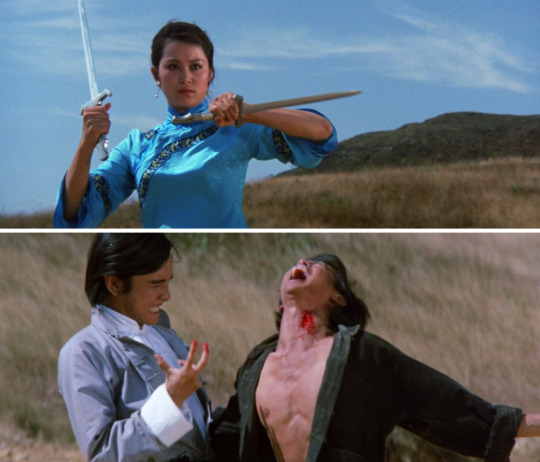




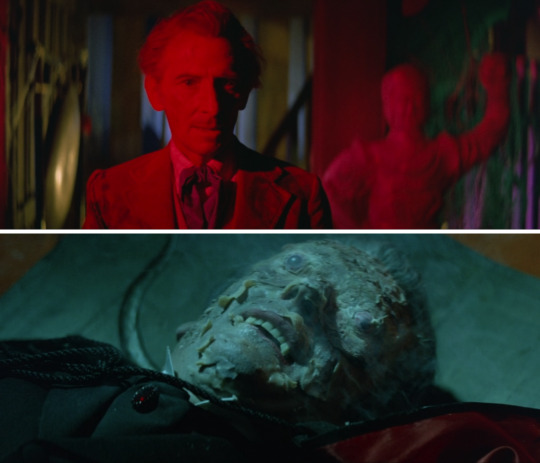
The Legend of the 7 Golden Vampires (Roy Ward Baker & Cheh Chang, 1974)
#The Legend of the 7 Golden Vampires#Roy Ward Baker#Cheh Chang#Peter Cushing#David Chiang#Julie Ege#Szu Shih#Shen Chan#John Forbes-Robertson#Robin Stewart#Hammer Films#Shaw Brothers#Roy Ford#John Wilcox#Halloween#Dracula#Film
129 notes
·
View notes
Photo
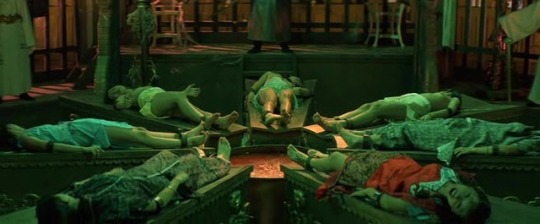



the legend of the 7 golden vampires (uk/hk, baker 74)
51 notes
·
View notes
Photo

Bad movie I have The Legend of the 7 Golden Vampire 1974 aka The Seven Brothers Meet Dracula
#The Legend of the 7 Golden Vampire#The Seven Brothers Meet Dracula#Shaw Brothers#Peter Cushing#David Chiang#Julie Ege#Han Chen Wang#Robin Stewart#Szu Shih#John Forbes-Robertson#Robert Hanna#Shen Chan#Tsan-Hsi Ma#Chia Yung Liu#Hark-On Fung#Tien Lung Chen#Hammer Films
7 notes
·
View notes
Photo
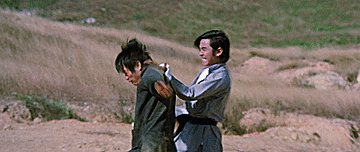
The Legend of the 7 Golden Vampires
#The Legend of the 7 Golden Vampires#Roy Ward Baker#Cheh Chang#David Chiang#Szu Shih#Shaw Brothers#Hammer Horror#Horroredit
48 notes
·
View notes
Photo

The Legend of the 7 Golden Vampires 1974
472 notes
·
View notes
Photo

The Legend of the 7 Golden Vampires - Roy Ward Baker & Cheh Chang 1974
9 notes
·
View notes
Photo
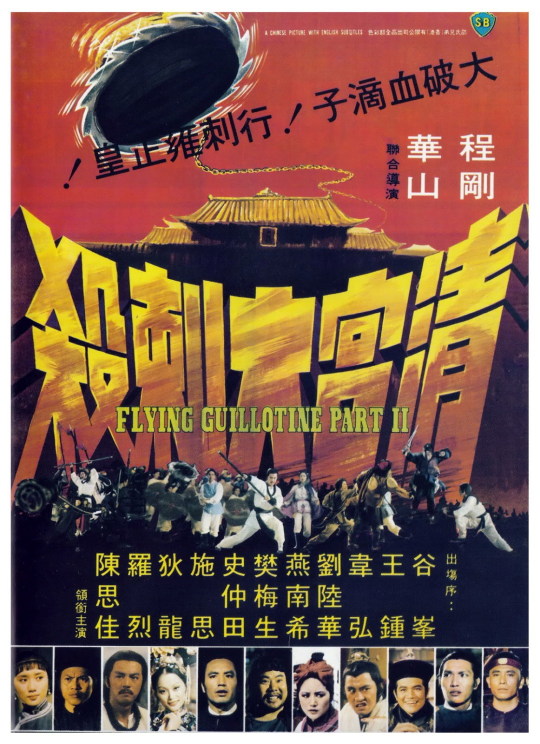
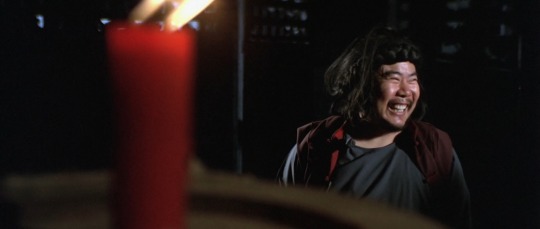



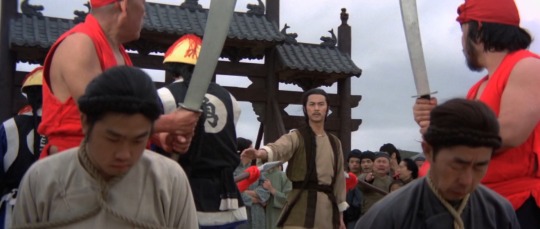
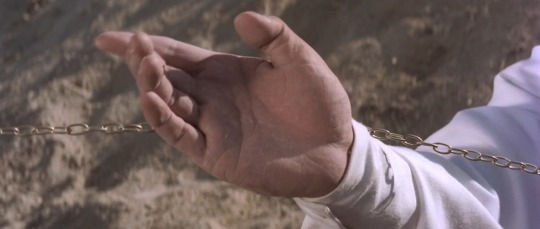
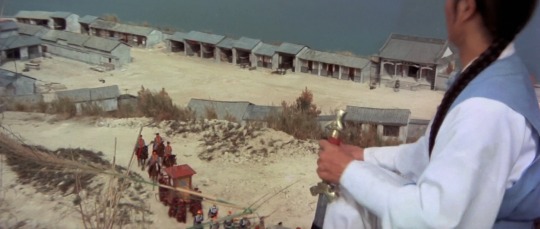
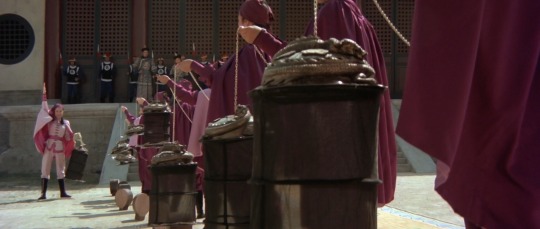

Flying Guillotine 2 (1978)
#flying guillotine 2#shaw brothers#ti lung#shih szu#martial art movies#hong kong cinema#kung fu movies
5 notes
·
View notes
Photo

18 notes
·
View notes
Text
[HorrorScience] Kung Fu contra los 7 vampiros de oro (1974)
[HorrorScience] Kung Fu contra los 7 vampiros de oro (1974)
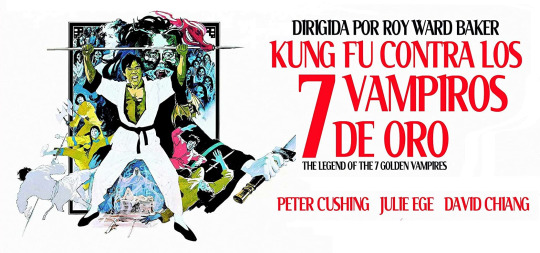
Kung Fu contra los 7 vampiros de oro es la película que cierra la saga de Drácula creada por Hammer Productions. En esta ocasión el profesor Van Helsing viajará a un pueblo remoto de Asia donde según parece, llevan sufriendo ataques de vampiros desde hace décadas.
Lee el artículo completo aquí:
https://www.combogamer.com/36256/horrorscience-kung-fu-contra-los-7-vampiros-de-oro-1974/
#Chan Shen#David Chiang#David de Keyser#Dracula#Feng Ko-An#Hammer Productions#Hsu Hsia#Huang Pei-Chih#John Forbes-Robertson#Julie Ege#Kung Fu contra los 7 vampiros de oro#La leyenda de los 7 vampiros de oro#Lau Kar-wing#Peter Cushing#Robert Hanna#Robin Stewart#Shaw Brothers#Shih Szu#The Legend of the 7 Golden Vampires#Wang Chian
0 notes
Text
Beat the heat: Some-mer tips kontra heat stroke kina bantay at muning
Bedylyn A. Pacete at Nazylen Joy S. Mabanglo
Gaano man ka-bibo ay tiyak na manlalata si bantay at si muning sa tindi ng sikat ng araw at alinsangang hatid nito sa kabila nang napipintong tag-ulan ngayong papalapit na ang buwan ng Hunyo.
Ayon sa heat index na inilabas ng Philippine Atmospheric, Geophysical and Astronomical Services Administration (PAGASA) pumalo na sa halos 47 degrees Celcius ang pinakamataas na lebel ng init na naitala sa bansa ngayong Abril, partikular sa probinsya ng Occidental Mindoro at Butuan City sa Agusan del Norte, inaasahang tataas pa ito hanggang 52 degrees Celcius ayon sa pahayag ng PAGASA.
Hindi na naiiba ang mga alagang malimit na kasama sa bahay at itinuring ng bunso ng karamihan sa pamilyang Pilipino, kaya naman sa mainit na panahon ay hindi lang abala sa pagpa-plano ng outing ang ilan sa bansa sapagkat kaniya-kaniyang diskarte rin ang ibang mga tagapagbantay nila bantay upang ilayo sa banta ng heat stroke ang kanilang mga alaga.
Sa loob o labas man ng tahanan ay damang-dama ni Juan lalo na sa ka-Maynilaan at iba pang karatig lugar ang alinsangan ng panahon na kung ikukumpara sa tao ay doble ang epekto sa mga aso't pusa na may kakapalan ang balahibo.
Abnormal na paghingal, naglalaway, pamumula ng bagang, at rashes, ilan ito sa mga pangunahing indikasyon ng heat stress at heat stroke na kinakailangang bantayan ng mga amo sapagkat ang kalusugan ng kanilang mga alaga ay nakasalalay sa pagiging responsable ng mga tagapag-alaga, ayon sa paliwanag ni Dr. Kitsie Torres na isang beterenaryo.
Kaya naman sa panayam kay April De Leon na isang furmom at limang taon ng breeder ng shih tzu, maging ng belgian malinois mula sa Baliuag Bulacan, ang ibinigay niyang solusyon ay ang paggupit sa balahibo upang ma-preskuhan ang kaniyang mga alaga lalo na't ayon pa sa kaniya'y sa dalawang breed ng asong meron sila ay higit na maselan ang mga shih tzu sa tag-init dahil sa makapal nitong balahibo at maliit na mga binti na nagsasanhi nang mabilis na pagkahingal.
"So yung mga shih szu namin since madami sila, kapag nasa peak na ng init like after lunch hanggang hapon, nilalagay namin sila sa kwarto na may air-con para hindi sila gaanong mainitan." karagdagang suhestiyon ni April na kasalukuyang may labintatlong aso sa kaniyang puder, "Kung sa atin ay mainit na 'yung tama ng panahon? What more pa sa mga cats at mga aso? ganun."
Ipinagpapasalamat ni April na sa dami ng kaniyang mga naging alaga ay wala pa namang nakaranas ng matinding heat stroke dahil na rin sa kaniyang pagiging tutok sa walang sawang pagbubukas ng air-con, pagbibigay ng maraming tubig na may halong dextrose powder, at paggupit ng buhok ng kanilang mga aso.
Para naman kay Jasmin Mhaicee Macasili na 2nd Year Computer Engineering student mula sa Unibersidad de Manila, na isa ring furmom, ang pagtabas din sa makapal na balahibo ng kanyang alaga ang siyang nakita niyang solusyon upang hindi ito labis na mainitan at mahirapan sa kasalukuyang init ng panahon.
"Nilalagyan po namin ng ice 'yung tubig niya then time to time pinapalitan 'yung tubig kasi umiinit. Kapag naiinitan na po talaga siya, pinapaliguan namin, madalas din po siyang tumatambay sa cr namin kasi malamig doon," ani ng dalaga tungkol sa mga paraang kanyang ginagawa upang mailigtas ang alaga mula sa heat stroke.
Dagdag pa ni Mhaicee, may mga pagkakataong itinatabi niya ang kanyang alagang aso at itinututok sa electric fan upang mapreskuhan at hindi mahirapan o malala pa ay makaranas ng heat stress o heat stroke dahil sa labis na init na dala ng panahon.
Binigyang-diin din ng dalawang furmoms ang importansya ng pagsubaybay sa mga alaga at palagiang pag-iiwan at pagpapalit ng tubig ng mga ito upang manatiling hydrated at presko ang mga alagang hayop.
Ilan lamang sina April at Mhaicee sa napakaraming pinoy na talaga namang tutok sa kanilang mga alagang hayop, higit na sa mga pagkakataong labis na nagniningning ang haring araw.
Kung paanong nakadudulot ng saya't napapawi ng mga alagang hayop ang lungkot dulot ng buhay, nawa ay masolusyunan din ang kanilang pagkayamot, at patuloy na subaybayan ang mga ito upang mailayo sa napakausong sakit na heat stroke sa mainit na panahon.
0 notes
Text
A Guide to Taiwanese Name Romanization
Have you ever wondered why there are so many Changs when the surname 常 is not actually that common? Have you ever struggled to figure out what sound “hs” is? Well don’t worry! Today we are going to go over some common practices in transliterating names from Taiwan.
With some recent discussion I’ve seen about writing names from the Shang-Chi movie, I thought this was the perfect time to publishe this post. Please note that this information has been compiled from my observations--I’m sure it’s not completely extensive. And if you see any errors, please let me know!
According to Wikipedia, “the romanized name for most locations, persons and other proper nouns in Taiwan is based on the Wade–Giles derived romanized form, for example Kaohsiung, the Matsu Islands and Chiang Ching-kuo.” Wade-Giles differs from pinyin quite a bit, and to make things even more complicated, transliterated names don’t necessarily follow exact Wade-Giles conventions.
Well, Wikipedia mentioned Kaohsiung, so let’s start with some large cities you already know of!
[1] B → P
台北 Taibei → Taipei
[2] G → K
[3] D → T
In pinyin, we have the “b”, “g”, and “d” set (voiceless, unaspirated) and the “p”, “k”, and “t” set (voiceless, aspirated). But in Wade-Giles, these sets of sounds are distinguished by using a following apostrophe for the aspirated sounds. However, in real life the apostrophe is often not used.
We need some more conventions to understand Kaohsiung.
[4] ong → ung (sometimes)
[5] X → Hs or Sh
高雄 Gaoxiong → Kaohsiung
I wrote “sometimes” for rule #4 because I am pretty sure I have seen instances where it is not followed. This could be due to personal preference, historical reasons, or influence from other romanization styles.
Now some names you are equipped to read:
王心凌 Wang Xinling → Wang Hsin-ling
徐熙娣 Xu Xidi → Shu/Hsu Hsi-ti (I have seen both)
黄鸿升 Huang Hongsheng → Huang Hung-sheng
龙应台 Long Yingtai → Lung Ying-tai
宋芸樺 Song Yunhua → Sung Yun-hua
You might have learned pinyin “x” along with its friends “j” and “q”, so let’s look at them more closely.
[6] J → Ch
[7] Q → Ch
范玮琪 Fan Weiqi → Fan Wei-chi
江美琪 Jiang Meiqi → Chiang Mei-chi
郭静 Guo Jing → Kuo Ching
邓丽君 Deng Lijun → Teng Li-chun
This is similar to the case for the first few conventions, where an apostrophe would distinguish the unaspirated sound (pinyin “j”) from the aspirated sound (pinyin “q”). But in practice these ultimately both end up as “ch”. I have some disappointing news.
[8] Zh → Ch
Once again, the “zh” sound is the unaspirated correspondent of the “ch” sound. That’s right, the pinyin “zh”, “j”, and “q” sounds all end up being written as “ch”. This can lead to some...confusion.
卓文萱 Zhuo Wenxuan → Chuo Wen-hsuan
陈绮贞 Chen Qizhen → Chen Chi-chen
张信哲 Zhang Xinzhe → Chang Shin-che
At least now you finally know where there are so many Changs. Chances are, if you meet a Chang, their surname is actually 张, not 常.
Time for our next set of rules.
[10] C → Ts
[11] Z → Ts
[12] Si → Szu
[13] Ci, Zi → Tzu
Again we have the situation where “c” is aspirated and “z” is unaspirated, so the sounds end up being written the same.
曾沛慈 Zeng Peici → Tseng Pei-tzu
侯佩岑 Hou Peicen → Hou Pei-tsen
周子瑜 Zhou Ziyu → Chou Tzu-yu
黄路梓茵 Huang Lu Ziyin → Huang Lu Tzu-yin
王思平 Wang Siping → Wang Szu-ping
Fortunately this next convention can help clear up some of the confusion from above.
[14] i → ih (zhi, chi, shi)
[15] e → eh (-ie, ye, -ue, yue)
Sometimes an “h” will be added at the end. So this could help distinguish some sounds. Like you have qi → chi vs. zhi → chih. There could be other instances of adding “h”--these are just the ones I was able to identify.
曾之乔 Zeng Zhiqiao → Tseng Chih-chiao
施柏宇 Shi Boyu → Shih Po-yu
谢金燕 Xie Jinyan → Hsieh Jin-yan
叶舒华 Ye Shuhua → Yeh Shu-hua
吕雪凤 Lü Xuefeng → Lü Hsueh-feng
Continuing on, a lot of the conventions below are not as consistently used in my experience, so keep that in mind. Nevertheless, it is useful to be familiar with these conventions when you do encounter them.
[16] R → J (sometimes)
Seeing “j” instead of “r” definitely confused me at first. Sometimes names will still use “r” though, so I guess it is up to one’s personal preferences.
任贤齐 Ren Xianqi → Jen Hsien-chi
任家萱 Ren Jiaxuan → Jen Chia-hsüan
张轩睿 Zhang Xuanrui → Chang Hsuan-jui
[17] e → o (ke, he, ge)
I can see how it would easily lead to confusion between ke-kou, ge-gou, and he-hou, so it’s important to know. I’ve never seen this convention for pinyin syllables like “te” or “se” personally.
柯震东 Ke Zhendong → Ko Chen-tung
葛仲珊 Ge Zhongshan→ Ko Chung-shan
[18] ian → ien
[19] Yan → Yen
I’ve observed that rule 18 seems more common than 19 because I see “yan” used instead of “yen” a fair amount. I’m not really sure why this is.
柯佳嬿 Ke Jiayan → Ko Chia-yen
田馥甄 Tian Fuzhen → Tien Fu-chen
陈建州 Chen Jianzhou → Chen Chien-chou
吴宗宪 Wu Zongxian → Wu Tsung-hsien
[20] Yi → I (sometimes)
I have seen this convention not followed pretty frequently, but two very famous names are often in line with it.
蔡英文 Cai Yingwen → Tsai Ing-wen
蔡依林 Cai Yilin → Tsai I-lin
[21] ui → uei
I have seen this convention used a couple times, but “ui” seems to be much more common.
蔡立慧 Cai Lihui → Tsai Li-huei
[22] hua → hwa
This is yet another convention that I don’t always see followed. But I know “hwa” is often used for 华 as in 中华, so it’s important to know.
霍建华 Huo Jianhua → Huo Chien-hwa
[23] uo → o
This is another example of where one might get confused between the syllables luo vs. lou or ruo vs. rou. So be careful!
罗志祥 Luo Zhixiang → Lo Chih-hsiang
刘若英 Liu Ruoying → Liu Jo-ying
徐若瑄 Xu Ruoxuan → Hsu Jo-hsuan
[24] eng → ong (feng, meng)
I think this rule is kinda cute because some people with Taiwanese accents pronounce meng and feng more like mong and fong :)
权怡凤 Quan Yifeng → Quan Yi-fong
[25] Qing → Tsing
I am not familiar with the reasoning behind this spelling, but 国立清华大学 in English is National Tsing Hua University, so this spelling definitely has precedence. But I also see Ching too for this syllable.
吴青峰 Wu Qingfeng→ Wu Tsing-fong
[26] Li → Lee
Nowadays a Chinese person from the Mainland would probably using the Li spelling, but in other areas, Lee remains more common.
李千那 Li Qianna → Lee Chien-na
[27] Qi → Chyi
I have noticed this exception. However, I’ve only personally noticed it for this surname, so maybe it’s just a convention for 齐.
齐秦 Qi Qin → Chyi Chin
齐豫 Qi Yu → Chyi Yu
[28] in ←→ ing
In Taiwanese Mandarin, these sounds can be merged, so sometimes I have noticed ling and lin, ping and pin, etc. being used in place of each other. I don’t know this for sure, but I suspect this is why singer A-Lin is not A-Ling (her Chinese name is 黄丽玲/Huang Liling).
[29] you → yu
I personally haven’t noticed these with other syllables ending in “ou,” only with the “you” syllable.
刘冠佑 Liu Guanyou → Liu Kuan-yu
曹佑宁 Cao Youning → Tsao Yu-ning
There is a lot of variation with these transliterated names. There are generally exceptions galore, so keep in mind that all this is general! Everyone has their own personal preferences. If you just look up some famous Taiwanese politicians, you will see a million spellings that don’t fit the 28 conventions above. Sometimes people might even mix Mandarin and another Chinese language while transliterating their name.
Anyway, if any of you know why 李安 is romanized as Ang Lee, please let me know because it’s driving me crazy.
Note: The romanized names I looked while writing this post at were split between two formats, capitalizing the syllable after the hyphen and not capitalizing this syllable. I chose to not capitalize for all the names for the sake of consistency. I’m guessing it’s a matter of preference.
#romanization#transliteration#taiwan#chinese name#chinese names#chinese#mandarin#chinese language#mandarin chinese#langblr#studyblr#langblog#language learning#language stuff#language study#language#languages#language lover#chinese langblr#chinese studyblr#mandarin langblr#mandarin studyblr#learn chinese#learn mandarin#learning chinese#learning mandarin#study chinese#study mandarin#studying chinese#studying mandarin
253 notes
·
View notes